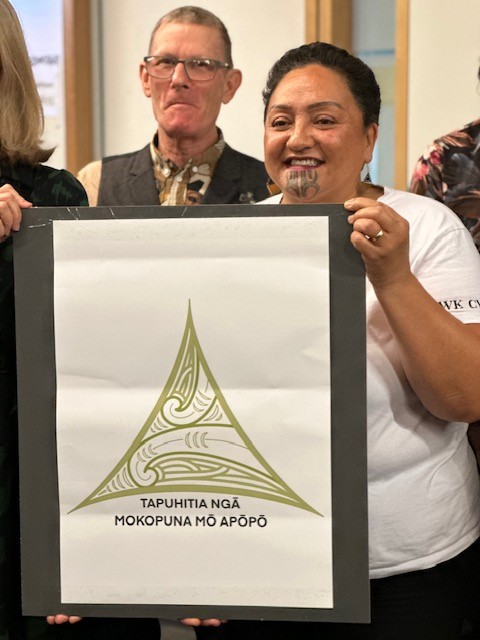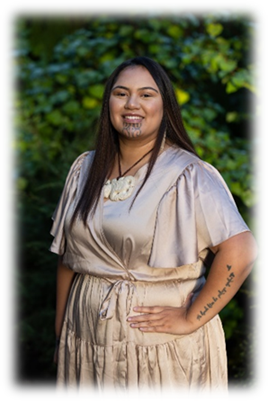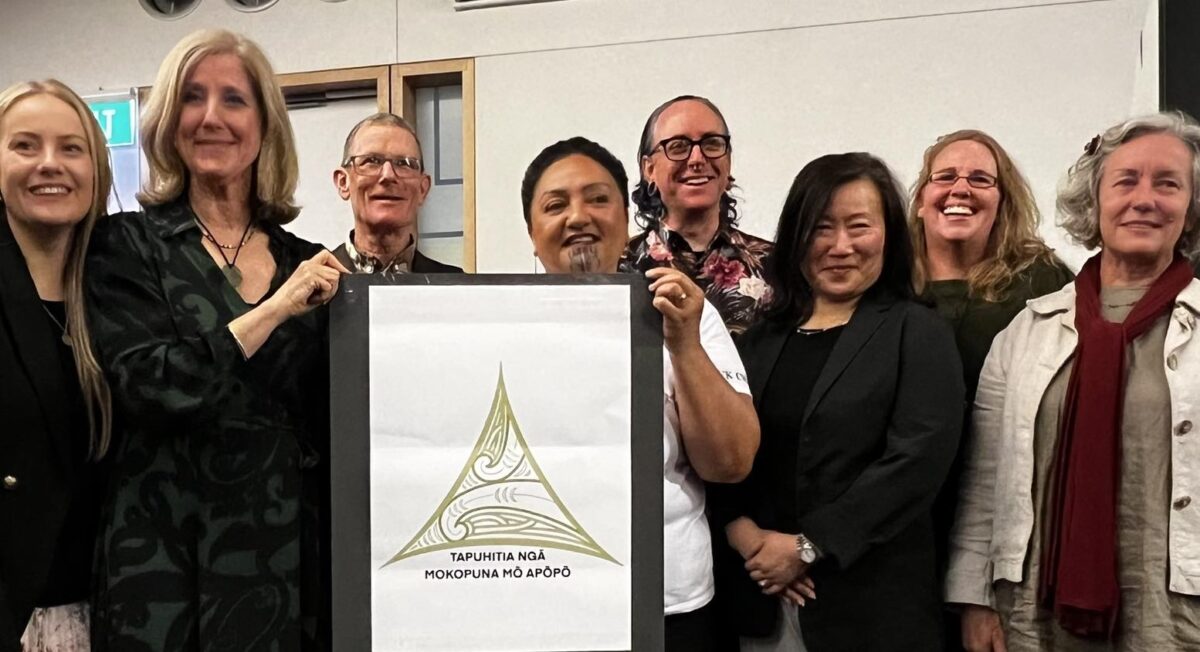The ingoa (name) “tapuhitia ngā mokopuna mō apōpō” — to nurse and care for the next generation — was gifted to CCYN by Tōpūtanga Tapuhi Kaitiaki o Aotearoa –NZNO kaumātua Keelan Ransfield after a three-year process.
Chair Sarah Williams said it was back in 2020 that the college began thinking about the need for a name which reflected its commitment to equitable health outcomes for tamariki and whānau Māori.

With guidance from committee member Jo Clark-Fairclough (Te Rarawa, Ngā Puhi and Tainui), the college was able to formally launch its new name — and tohu (emblem) — at Matariki this year.
Clark-Fairclough said she worked with Ransfield, NZNO’s Māori membership group Te Rūnanga and its committee Te Poari to koha a name reflective of the college’s kaupapa.
The “amazing” talent of Te Tai Tokerau artist Te Awatea Pawa then “breathed life into our new ingoa/taonga”, said Clark-Fairclough.

Pawa said the tohu signified nurturing, courage, people and strength — in essence, a unified group which guides others through nursing.
It contains two koru, as was requested by the college.
“One of the koru is small, which represents ‘child and youth’, and the other koru represents ‘nurses’. The koru face each other, showing caring and looking after little ones (bigger koru over small koru). Placing them this way, these two koru create the heart shape, symbolising love, care.”
At Te Poari’s Matariki celebration last month, Williams talked about how the college had grown from the former New Zealand Nurses Association “child health division” in the 1980s.
In 1995, after the association had merged with the nurses’ union to become NZNO, the child health division became a section to “raise the profile of the needs of children and young people and the specialty of caring for them in the community and in hospital”.
The section became a college in 2014 and had been working hard over the past 10 years to advocate for children, youth and their families, she said.





